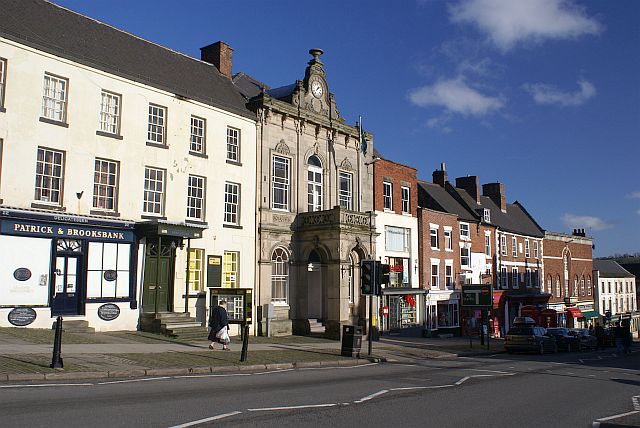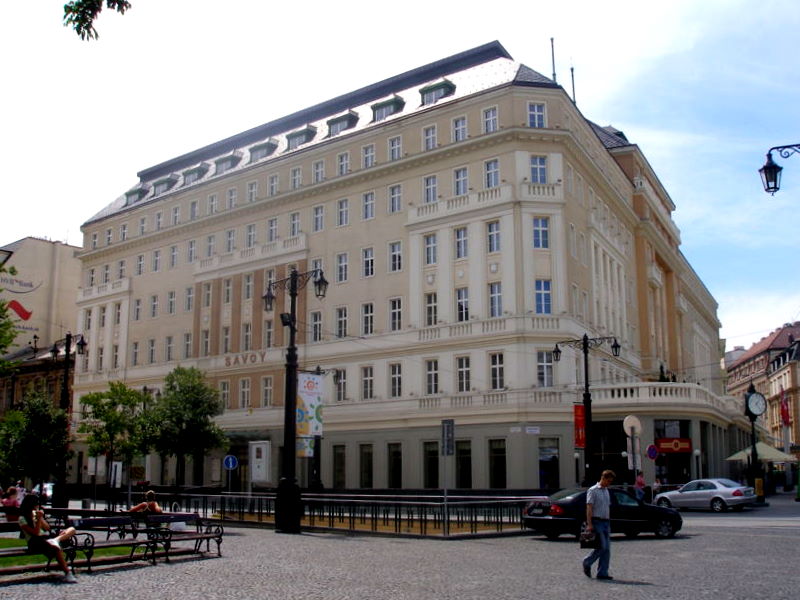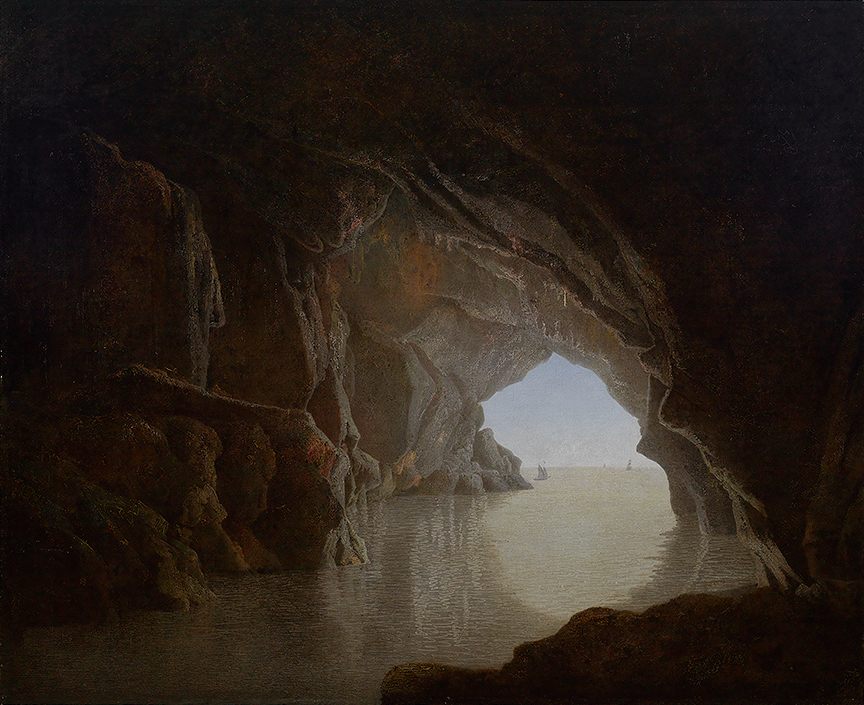|
Ashbourne Hall
Ashbourne Hall is a Manor house originally built by the Cockayne family in the 13th century in Ashbourne, Derbyshire. The present building is part of a largely demolished, Georgian-styled hall built in the 18th century. The Cockayne family The Cockayne family settled in Ashbourne in the 12th Century as lords of the manor. The Cockayne family's Ashbourne Hall was built during the reign of Henry III in the 13th century. Ashbourne Hall served as their family seat and most of the family were buried in the Cockayne Chapel at nearby Ashbourne Parish Church. The family also owned the nearby manors of Sturston Hall, Bradley and of Pooley hall in Polesworth, Warwickshire. Sir Aston Cockayne, First Baronet Cockayne of Ashbourne, was a cavalier, author and poet. He was friends with Charles I from whom he received his baronetcy for support during the civil war. Sir Aston used the hall as a dower house for his mother, Anne. He lived at his manor of Pooley hall for most of the English Int ... [...More Info...] [...Related Items...] OR: [Wikipedia] [Google] [Baidu] |
Ashbourne, Derbyshire
Ashbourne is a market town in the Derbyshire Dales district in Derbyshire, England. Its population was measured at 8,377 in the 2011 census and was estimated to have grown to 9,163 by 2019. It has many historical buildings and independent shops. The town offers a historic annual Shrovetide football match. Its position near the southern edge of the Peak District makes it the closest town to Dovedale, to which Ashbourne is sometimes referred to as the gateway. The town is west of Derby, south-east of Buxton, east of Stoke-on-Trent, south-south-east of Manchester, south-west of Sheffield and north of Lichfield. Nearby towns include Matlock, Uttoxeter, Leek, Cheadle and Bakewell. History The town's name derives from the Old English ''æsc-burna'' meaning "stream with ash trees". Ashbourne was granted a market charter in 1257. In medieval times it was a frequent rest stop for pilgrims walking "St Non's Way" to the shrine of Saint Fremund at Dunstable in Bedfordshire. T ... [...More Info...] [...Related Items...] OR: [Wikipedia] [Google] [Baidu] |
English Interregnum
The Interregnum was the period between the execution of Charles I on 30 January 1649 and the arrival of his son Charles II in London on 29 May 1660 which marked the start of the Restoration. During the Interregnum, England was under various forms of republican government (see Commonwealth of England; this article describes other facets of the Interregnum). Politics The politics of the period were dominated by the wishes of the ''Grandees'' (Senior Officers) of the New Model Army and their civilian supporters. They encouraged (or at least tolerated) several republican regimes. From 1649 until 1653 executive powers lay with the Council of State, while legislative functions were carried out by the Rump Parliament. In 1653 the Grandees, with Oliver Cromwell in the lead, dismissed the Rump, and replaced it with a Nominated Assembly (nicknamed the Parliament of Saints or Barebone's Parliament) made up of 140 nominees, 129 from England and Wales, five from Scotland and six from Irelan ... [...More Info...] [...Related Items...] OR: [Wikipedia] [Google] [Baidu] |
Self-catering Accommodation
Lodging refers to the use of a short-term dwelling, usually by renting the living space or sometimes through some other arrangement. People who travel and stay away from home for more than a day need lodging for sleep, rest, food, safety, shelter from cold temperatures or rain, storage of luggage and access to common household functions. Lodging is a form of the sharing economy. Lodging is done in a hotel, motel, hostel, inn or hostal, a private home (commercial, i.e. a bed and breakfast, a guest house, a vacation rental, or non-commercially, as in certain homestays or in the home of friends), in a tent, caravan/campervan (often on a campsite). Lodgings may be self-catering, whereby no food is provided, but cooking facilities are available. Lodging is offered by an owner of real property or a leasehold estate, including the hotel industry, hospitality industry, real estate investment trusts, and owner-occupancy houses. Lodging can be facilitated by an intermediary such as a tr ... [...More Info...] [...Related Items...] OR: [Wikipedia] [Google] [Baidu] |
Ashbourne Hall In 1900
{{disambig, geo ...
Ashbourne may refer to: *Ashbourne, County Meath in Ireland **Ashbourne RFC, a rugby union club *Ashbourne, Derbyshire in England *Ashbourne, South Australia in Australia *Ashbourne, Victoria in Australia *Baron Ashbourne, a title in the peerage of the United Kingdom See also *Ashbourne Cup *Ashbourne portrait, once thought to prove that Shakespeare was Edward de Vere, 17th Earl of Oxford * Ashburn (other) __NOTOC__ Ashburn may refer to: Places Canada *Ashburn, Ontario United States *Ashburn, Georgia *Ashburn, Chicago, Illinois, a community area **Ashburn (Metra), a Metra station serving the area *Ashburn, Missouri *Ashburn, Virginia, an unincorpora ... [...More Info...] [...Related Items...] OR: [Wikipedia] [Google] [Baidu] |
Dovedale By Moonlight
Dovedale is a valley in the Peak District of England. The land is owned by the National Trust and attracts a million visitors annually. The valley was cut by the River Dove and runs for just over between Milldale in the north and a wooded ravine, near Thorpe Cloud and Bunster Hill, in the south. In the wooded ravine, a set of stepping stones cross the river and there are two caves known as the ''Dove Holes''. Dovedale's other attractions include rock pillars such as ''Ilam Rock'', ''Viator's Bridge'' and the limestone features ''Lovers' Leap'' and ''Reynard's Cave''. Geology The limestone rock that forms the geology of Dovedale is the fossilised remains of sea creatures that lived in a shallow sea over the area during the Carboniferous period, about 350 million years ago. During the two ice ages, the limestone rock (known as reef limestone) was cut into craggy shapes by glacial meltwater, and dry caves such as Dove Holes and Reynard's Kitchen Cave were eventually formed. ... [...More Info...] [...Related Items...] OR: [Wikipedia] [Google] [Baidu] |
Joseph Wright Of Derby
Joseph Wright (3 September 1734 – 29 August 1797), styled Joseph Wright of Derby, was an English landscape and portrait painter. He has been acclaimed as "the first professional painter to express the spirit of the Industrial Revolution". Wright is notable for his use of tenebrism, an exaggerated form of the better known chiaroscuro effect, which emphasizes the contrast of light and dark, and for his paintings of candle-lit subjects. His paintings of the birth of science out of alchemy, often based on the meetings of the Lunar Society of Birmingham, a group of scientists and industrialists living in the English Midlands, are a significant record of the struggle of science against religious values in the period known as the Age of Enlightenment. Many of Wright's paintings and drawings are owned by Derby City Council, and are on display at the Derby Museum and Art Gallery. Life Joseph Wright was born in Irongate, Derby, to a respectable family of lawyers. He was the third ... [...More Info...] [...Related Items...] OR: [Wikipedia] [Google] [Baidu] |
Sir Brooke Boothby, 6th Baronet
Sir Brooke Boothby, 6th Baronet (3 June 174423 January 1824) was a British linguist, translator, poet and landowner, based in Derbyshire, England. He was part of the intellectual and literary circle of Lichfield, which included Anna Seward and Erasmus Darwin. In 1766 he welcomed the philosopher Jean-Jacques Rousseau to Ashbourne circles, after Rousseau's short stay in London with Hume. Ten years later, in 1776, Boothby visited Rousseau in Paris, and was given the manuscript of the first part of Rousseau's three-part autobiographic '' Confessions''. Boothby translated the manuscript and published it in Lichfield in 1780 after the author's death, and donated the document to the British Library in 1781. The well-known portrait of Boothby by Joseph Wright of Derby, from 1781, shows him reclining in a wooded glade with a book carrying on its cover simply the name Rousseau, indicating Boothby's admiration and promotion of the writer and his work generally. Several portraits were also ... [...More Info...] [...Related Items...] OR: [Wikipedia] [Google] [Baidu] |
James III Of Great Britain
James Francis Edward Stuart (10 June 16881 January 1766), nicknamed the Old Pretender by Whigs, was the son of King James II and VII of England, Scotland and Ireland, and his second wife, Mary of Modena. He was Prince of Wales from July 1688 until, just months after his birth, his Catholic father was deposed and exiled in the Glorious Revolution of 1688. James II's Protestant elder daughter (the prince's half-sister) Mary II and her husband (the prince's cousin) William III became co-monarchs. The Bill of Rights 1689 and Act of Settlement 1701 excluded Catholics such as James from the English and British thrones. James Francis Edward was raised in Continental Europe and known as the Chevalier de St. George. After his father's death in 1701, he claimed the English, Scottish and Irish crowns as James III of England and Ireland and James VIII of Scotland, with the support of his Jacobite followers and Louis XIV of France, a cousin of his father. Fourteen years later, h ... [...More Info...] [...Related Items...] OR: [Wikipedia] [Google] [Baidu] |
Bonnie Prince Charlie
Bonnie, is a Scottish given name and is sometimes used as a descriptive reference, as in the Scottish folk song, My Bonnie Lies over the Ocean. It comes from the Scots language word "bonnie" (pretty, attractive), or the French bonne (good). That is in turn derived from the Latin word "bonus" (good). The name can also be used as a pet form of Bonita. People named Bonnie Women * Bonnie Bartlett (born 1929), American actress * Bonnie Bedelia (born 1948), American actress * Bonnie Bernstein (born 1970), American sportscaster * Bonnie Bianco (born 1963), American singer and actress * Bonny Blair (born 1964), retired American speedskater * Bonnie Bramlett (born 1944), American singer and sometime actress * Bonnie Crombie (born 1960), Canadian politician, formerly Member of the Canadian Parliament * Bonnie Curtis (born 1966), American film producer * Bonnie Dasse (born 1959), retired American track and field athlete * Bonnie Dobson (born 1940), Canadian folk music songwriter, singer, ... [...More Info...] [...Related Items...] OR: [Wikipedia] [Google] [Baidu] |
Boothby Baronets
There have been two baronetcies created for persons with the surname Boothby, both in the Baronetage of England. One creation is extant as of 2022. The Boothby Baronetcy, of Broadlow Ash in the County of Derby, was created in the Baronetage of England on 13 July 1660 for William Boothby, subsequently High Sheriff of Derbyshire from 1661 to 1662. Charles I had intended to create Boothby's father, Henry Boothby (1594–1648), a Royalist, in 1644 (with the territorial designation "of Clate Clote in the County of Oxford"). The letters patent received the sign-manual of the King but in the confusion of the Civil War, it did not pass the Great Seal. His son, William, petitioned for a new creation in 1660 which was granted (due to this the Baronets are sometime numbered differently, the first Baronet of the 1660 creation is sometimes referred to as the second Baronet, and so on). Sir William married as his second wife Hill, daughter of Sir William Brooke, hence the common family first ... [...More Info...] [...Related Items...] OR: [Wikipedia] [Google] [Baidu] |
Ashbourne Hall In 1800
{{disambig, geo ...
Ashbourne may refer to: *Ashbourne, County Meath in Ireland **Ashbourne RFC, a rugby union club *Ashbourne, Derbyshire in England *Ashbourne, South Australia in Australia *Ashbourne, Victoria in Australia *Baron Ashbourne, a title in the peerage of the United Kingdom See also *Ashbourne Cup *Ashbourne portrait, once thought to prove that Shakespeare was Edward de Vere, 17th Earl of Oxford * Ashburn (other) __NOTOC__ Ashburn may refer to: Places Canada *Ashburn, Ontario United States *Ashburn, Georgia *Ashburn, Chicago, Illinois, a community area **Ashburn (Metra), a Metra station serving the area *Ashburn, Missouri *Ashburn, Virginia, an unincorpora ... [...More Info...] [...Related Items...] OR: [Wikipedia] [Google] [Baidu] |
Charles II Of England
Charles II (29 May 1630 – 6 February 1685) was King of Scotland from 1649 until 1651, and King of England, Scotland and Ireland from the 1660 Restoration of the monarchy until his death in 1685. Charles II was the eldest surviving child of Charles I of England, Scotland and Ireland and Henrietta Maria of France. After Charles I's execution at Whitehall on 30 January 1649, at the climax of the English Civil War, the Parliament of Scotland proclaimed Charles II king on 5 February 1649. But England entered the period known as the English Interregnum or the English Commonwealth, and the country was a de facto republic led by Oliver Cromwell. Cromwell defeated Charles II at the Battle of Worcester on 3 September 1651, and Charles fled to mainland Europe. Cromwell became virtual dictator of England, Scotland and Ireland. Charles spent the next nine years in exile in France, the Dutch Republic and the Spanish Netherlands. The political crisis that followed Cromwell's death in 1 ... [...More Info...] [...Related Items...] OR: [Wikipedia] [Google] [Baidu] |








